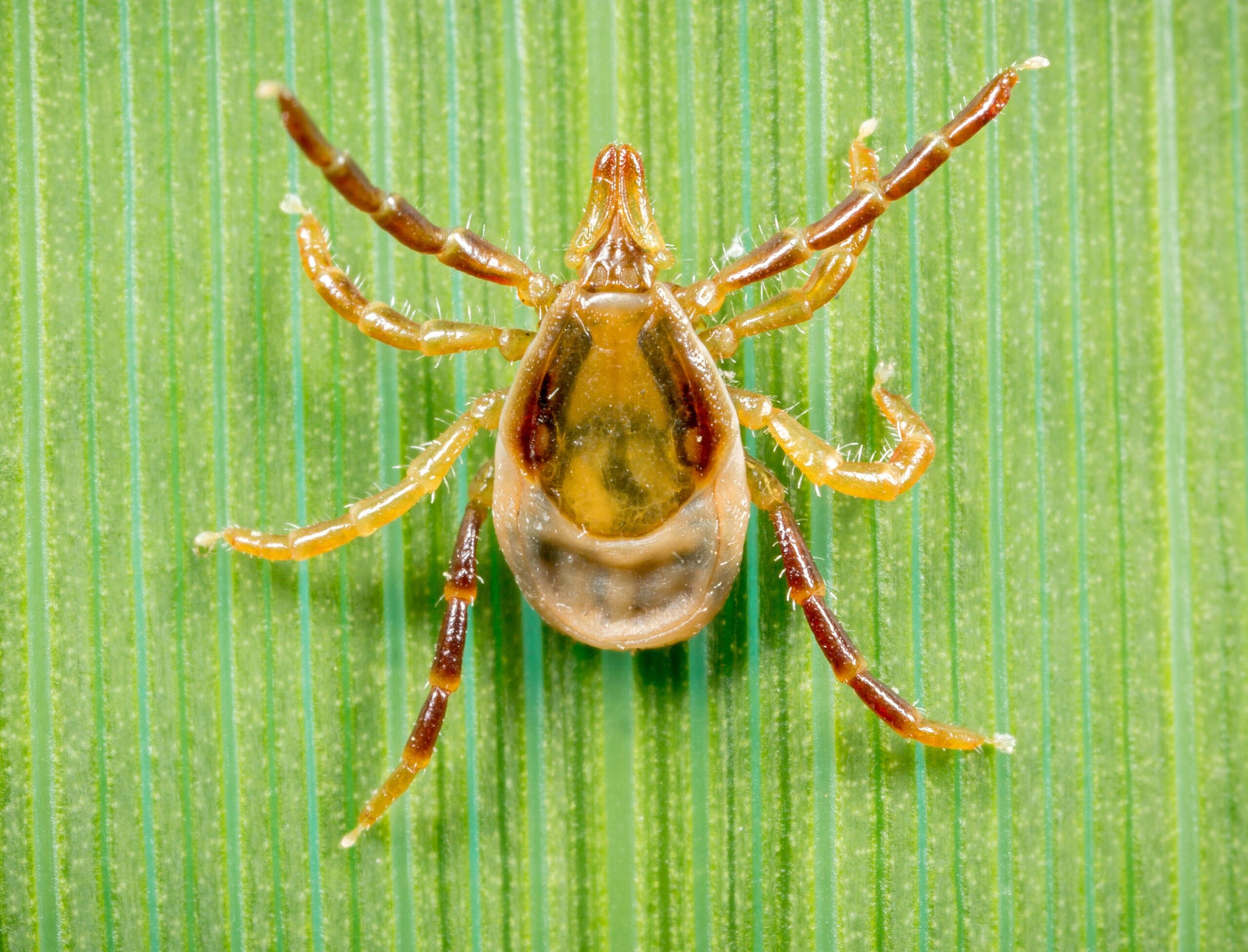For Filipino Pets | Vet-Led | Free Shipping ₱1,999+
For Filipino Pets | Vet-Led | Free Shipping ₱1,999+
Add description, images, menus and links to your mega menu
A column with no settings can be used as a spacer
Link to your collections, sales and even external links
Add up to five columns
Add description, images, menus and links to your mega menu
A column with no settings can be used as a spacer
Link to your collections, sales and even external links
Add up to five columns
Tick myths in Australia: facts that keep pets safe
August 18, 2025 2 min read

Introduction
Ticks cause serious illness in Australian pets, yet a lot of advice online is misleading. Below are common myths with clear facts, plus a simple plan you can follow. This guide was prepared with input from our lead vet, Dr. Feargus McConnell, BVSc.
Myth vs fact
Myth: I never see ticks, so my pet is not at risk.
Fact: Ticks are small and easy to miss, especially in long coats. Risk changes with travel, weather, and wildlife. Use prevention on schedule in risk areas.
Myth: Bathing removes attached ticks.
Fact: Water does not reliably remove an attached tick. Daily hands-on checks are better. Remove any tick you find promptly and correctly.
Myth: Essential oils or home sprays keep ticks away.
Fact: Many oils are irritating or unsafe for pets, especially cats. Use a registered tick product matched to species, age, and weight.
Myth: One tick will not cause a problem.
Fact: A single tick can make a pet very sick. If you see wobbliness, gagging, vomiting, voice changes, or laboured breathing, seek urgent veterinary care.
Myth: If I do daily checks, I do not need prevention.
Fact: Checks help but can miss small or hidden ticks. Prevention plus daily searches is safest in risk areas.
What to do in tick season
-
Use a proven tick product on time.
-
Do a daily hands-on search. Lips, ear edges, under the collar, between toes, armpits, groin, and tail base.
-
Keep grass short and avoid heavy scrub when possible.
-
Re-check after hikes, beach trips, and weekends away.
Safe tick removal basics
-
Part the coat and grip close to the skin with a tick tool or fine-tipped tweezers.
-
Lift straight out with steady pressure. Do not twist, squeeze, or use chemicals or heat.
-
Keep the tick in a sealed container for your vet if needed.
-
Watch your pet for 24–48 hours for signs of illness.
Products we trust
-
Dogs: NexGard Chewables for Dogs — monthly tick and flea control when used as directed.
-
Dogs: Bravecto Chew for Dogs — long-lasting tick and flea control per label.
-
Cats: Revolution Plus Spot-On for Cats — monthly tick and flea cover when used as directed.
Safety you should always check
-
Species matters. Dog products for dogs only. Never apply a dog product to a cat.
-
Use the correct weight band and check minimum age.
-
Some dog spot-ons advise keeping cats away from recently treated dogs. Follow label advice.
-
Ask your vet before starting prevention if your pet is pregnant, breeding, or has a health condition.
FAQ
Do indoor-only pets need tick prevention?
If you live in a risk area or travel to the coast, yes. Ticks can hitchhike inside.
Are tick collars enough on their own?
Collars can help on the pet. Many households prefer chews or spot-ons for simpler scheduling. Choose one approach you can give on time.
Not sure which product fits your pet and location?
Tell us your pet’s age, weight, and routine and we will help you choose — contact us.

Love Your Pet's Health
Join our community of caring pet owners and get 10% off your first order.
